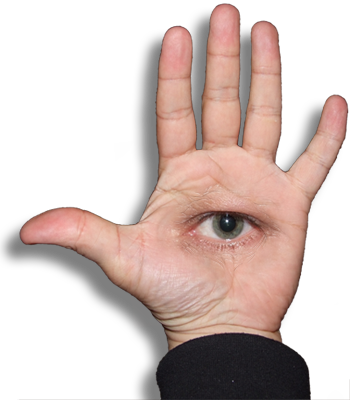When covering the boards for a case-bound book, whether using book-cloth or paper, one needs to mitre the corners to minimize the overlap bulk when it's all folded over and glued down. That mitre needs to be offset from the corner of the boards a bit so that the folds overlap and the boards don't show, and in theory that distance out from the corner is supposed to be 1½ times the thickness of the boards.
I generally use 2mm or 3mm grey board for this purpose.
I designed these cutting templates in Blender and printed them on my Ender 3 in PLA+, and they not only ensure that I'm cutting the right distance away, but also that I'm getting a perfect 45º mitre.
In truth, the tolerances required aren't all that fine, and I could easily get away with just using the 4.5mm offset template (for 3mm board) for both board thicknesses, but it's not really any more trouble to make a separate template for each. So that's what I did.










